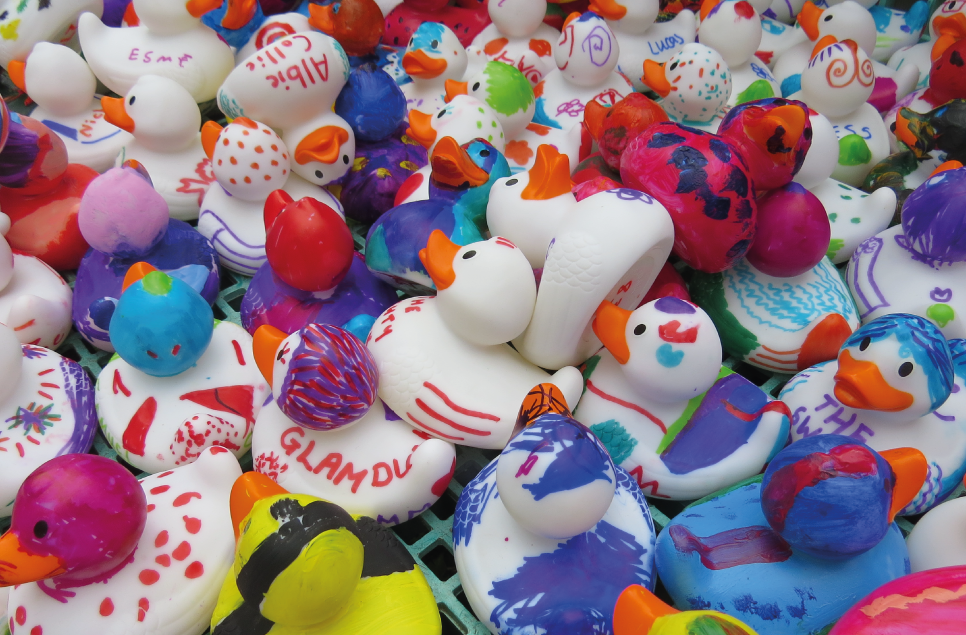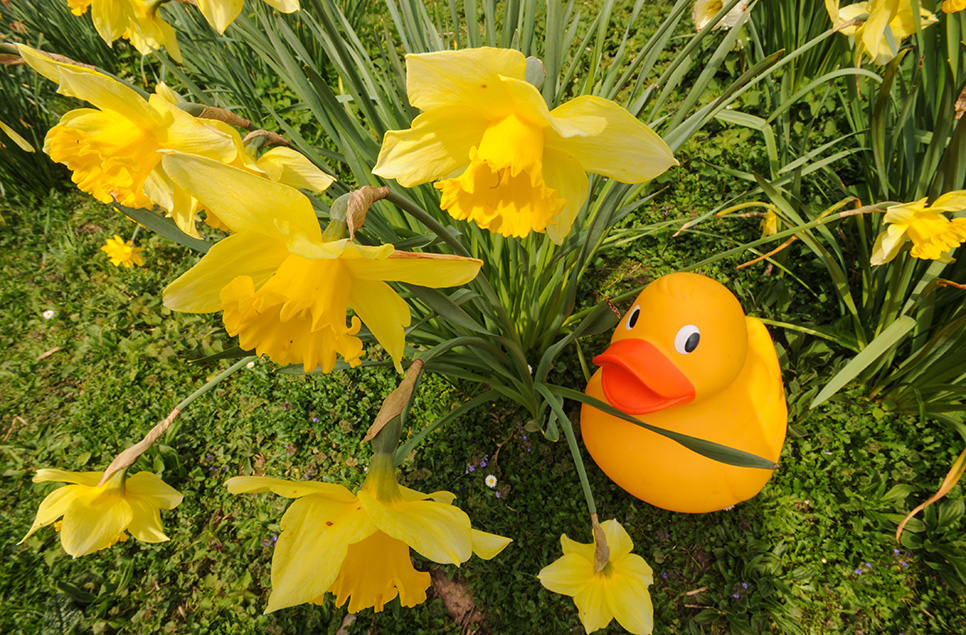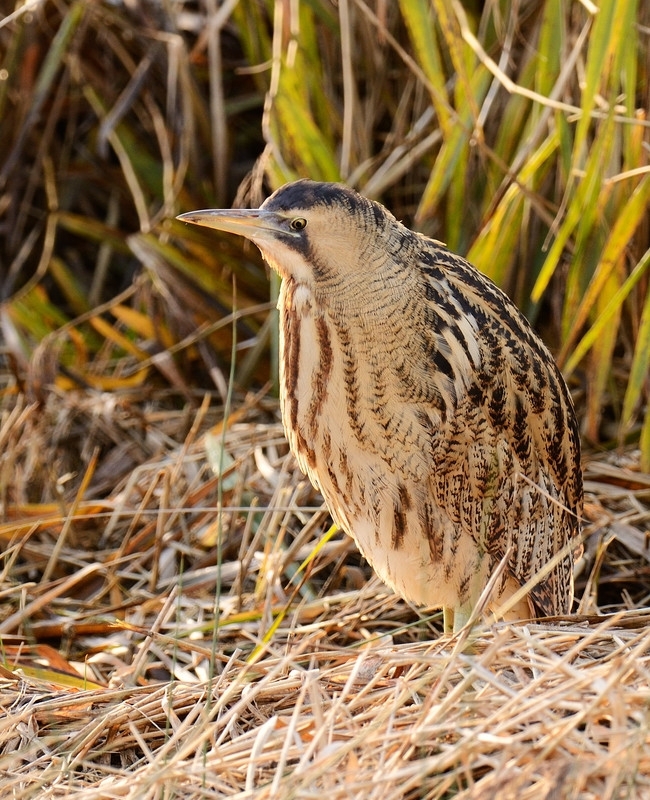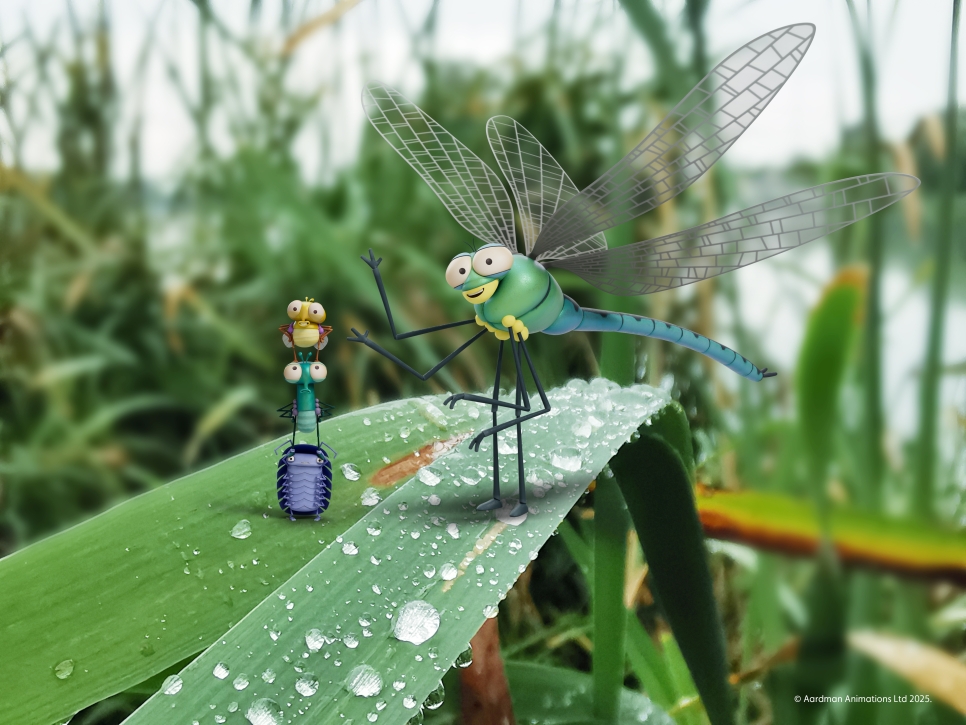A cow's role maintaining our wetlands
At WWT Martin Mere, we have a herd of English Longhorn cattle grazing our reserve, and there is no better time to appreciate them than on Cow Appreciation Day!
Cows are amazing creatures that are sometimes given little credit for the work they do. There is plenty to learn about them, including that there are 34 native cattle breeds to the UK, of which 14 are considered rare. At WWT Martin Mere, we have a herd of English Longhorn cattle grazing our reserve, and there is no better time to appreciate them than on Cow Appreciation Day!
Longhorn cattle result from horned heifers being crossed with the Westmoreland bull to improve livestock for meat. The breed rapidly declined for nearly 200 years before being rescued by the Rare Breeds Survival Trust in 1980.
We use the English Longhorn cattle at Martin Mere as they are a hardy breed, they can stay outside in all weathers and don’t mind getting wet feet. They love the coarse grasses and often eat the thistles and rush before they eat any other grasses. The cows eat by wrapping their tongues around the grass and rip so they aren’t selective and create an amazing mosaic of tussocks in our meadows. These tussocks provide nesting places for snipe, redshank and reed buntings.
The cows walk down into the scrapes and ditches poaching the ground creating bare mud areas for waders to probe in the mud for insects and this bare ground provides space for new plants to grow.
The herd benefit us in more ways than one. Their diet is entirely organic with no chemicals and provides an additional food source as their faeces are full of insects. Look out for yellow wagtails and cattle egrets around the cows eating any insects they kick up from the grasses. The cow pats are full of holes as the snipe probe looking for beetle grubs… yum.
Our cattle play an essential role in maintaining our habitat, so it remains suitable for the range of wildlife on our reserve. The short grasses in October attract the pink-footed geese as they stop off on migration for a quick wash and a feed, up to 46,000 can be seen munching in the fields. In March the fields are alive with the sounds of lapwing displaying they love the short grasses next to the scrape and ditches so their youngsters can feed. Their conservation grazing is the most effective and natural way of grazing and saves time for our team, who can focus on other important conservation tasks.
The cattle are our conservation lawn mowers they are fantastic at creating a wide variety of habitats and species rich grasslands. We really couldn’t do what we do without them!
Find out more from WWT Martin Mere Reserve Manager Louise Clewley as she takes us on a visit to the cattle and tells us more about their contribution to our nature-rich wetlands:
Discover our reserve
There is plenty of wildlife to discover at WWT Martin Mere. Why not arrange your next visit to see what you can find?



